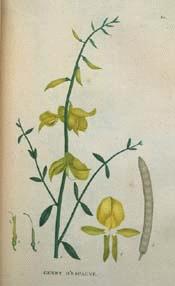


And being non-native doesn’t mean a plant or animal is automatically unwelcome here. Not all non-native species are considered invasive. What is an invasive species?īoth cowbirds and medusahead are officially designated "invasive," a term biologists and government agencies use to identify species that are non-native, aggressive colonizers and may have substantial negative impacts on other species or entire habitats. The silica even slows the grass’s decay, so it quickly forms dense mats that keep native grasses and flowering plants from germinating.Īs a result, medusahead has overrun millions of acres in the West, including Sonoma County, and continues to spread. The stiff spines can injure the mouths, nostrils and eyes of grazers. The sharp silica helps keep the grass from being eaten, by biting back. Then there’s medusahead ( Taeniatherum caput-medusae.) Medusahead is a fast-spreading grass with a nasty survival skill: The plant incorporates exceptionally large amounts of fine silica (the raw material used to make glass) into its leaves, stems and spiky awns, the needle-like crowns (pictured below) that give medusahead its fearsome name. This is just one case of the silent ongoing battles between natives and invasive species in Sonoma County. Today, two of California’s native birds, the least Bell’s vireo ( Vireo bellii pusillus) and willow flycatcher ( Empidonax traillii), are listed as endangered because of brown-headed cowbirds. When humans brought cattle to Sonoma County, the cowbirds followed. To ensure they do, cowbirds often remove the host bird’s own eggs. Instead, they developed the strategy of laying eggs in the nests of other birds, who then unwittingly feed and raise them. Because their food source was mobile, cowbirds, didn’t have the luxury of sitting on nests to raise their young. Take the brown-headed cowbird ( Molothrus ater.) Cowbirds originally lived on the Great Plains, following bison that scared up a rich diet of insects. But unlike the fictional walking dead, these invaders can do actual harm. Some are just as scary, gruesome and strange as fantasy creatures. This threat is from invasive plant and animal species that have wormed their way into Sonoma County despite best efforts to stop them.


 0 kommentar(er)
0 kommentar(er)
